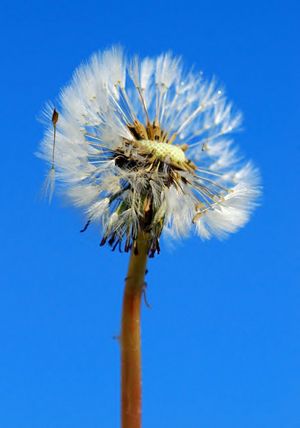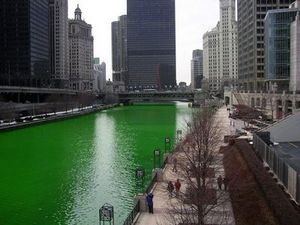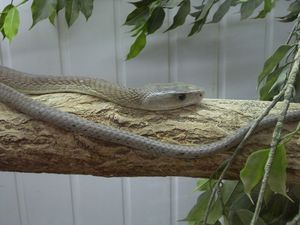Allergies occur when the human body comes in contact with a substance called an allergen. The body responds in an overly sensitive manner. A protein called igE 99 (immunoglobulin) is manufactured in the human body to resist foreign substances.
An allergic reaction is the result of your immune system creating the igE that associates with that allergen. Therefore, cells in the body release chemicals that cause allergic symptoms.
Outdoor allergy symptoms are a common occurrence that’s shared by millions of people. Seasonal allergic rhinitis can happen in late winter, spring, summer and fall. The 5 culprits that cause outdoor allergic maladies are:
Tree Pollen
Despite their majestic beauty trees such as ash, hickory, sycamore and maple cause allergic reactions. The symptoms range from sneezing, chronic congestion and a runny nose. It’s unrealistic to expect allergy sufferers not to go outdoors to avoid contact with trees. Pollination of trees occurs in the months of February, March through October. The best method to lessen the bad effects of allergens is to see your allergist/immunologist. If needed your allergist/immunologist will prescribe a decongestant, or a non-sedating antihistamine.
Grass Pollen
Pollens are the necessary for plant reproduction. They are the small cells of male plants. Weather conditions play an important role on how much pollen is in the air. Hot dry windy conditions increase pollen activity. Grasses that trigger symptoms are, bermuda, orchard, and blue grasses. Itchiness in the nose, throat and ears are some of the allergic reactions to grass. If you are allergic to grasses avoid mowing the lawn.
Outdoor Mold
Mold is a lot like mushrooms but without stems or leaves. Their spores begin to appear after a spring warm up. Then they continue to increase in numbers. Molds are found all year round in southern states.
Molds that are airborne include, alternaria, aspergillus, and cladosporium. The ideal habitat for mold outdoors are decaying wood, soil and vegetation.
Weed Pollen
Ragweed can cause severe allergic reactions. Symptoms include sneezing, congestion and itchiness in the eyes. Other weeds to avoid are, pigweed, tumbleweed, cockleweed and Russian thistle.
Spider mites contain many major allergens. These pest are associated to the prevalence of asthma and rhinitis. Even non-farming communities exposed to spider mites experienced allergic reactions.
They are very difficult to control. The female spider mite can lay up to 12 eggs per day! She does not have to mate to accomplish this feat. If left uncontrolled 10 mites can easily become 100,00 in a few months.
How to avoid allergic reactions
Take the proper medications prescribed by your allergist/immunologist on a regular basis.
Cut back on outdoor exercise. It’s not good to feel worse after an outdoor exercise routine.
Try to stay indoors when the pollen count is high and during windy conditions. An increase in dust and pollen will only aggravate your allergies.
Keep your windows shut while driving in your car.
Take a vacation to a pollen-free area. The beach or the sea would help immensely to alleviate allergies.
Keep windows shut at night. This will keep molds or pollens form entering into your home. An air conditioner will give relief form the heat and provide clean dry air.
Avoid raking leaves. This will only expose you to mold.
Sources:
www.webmd.com





